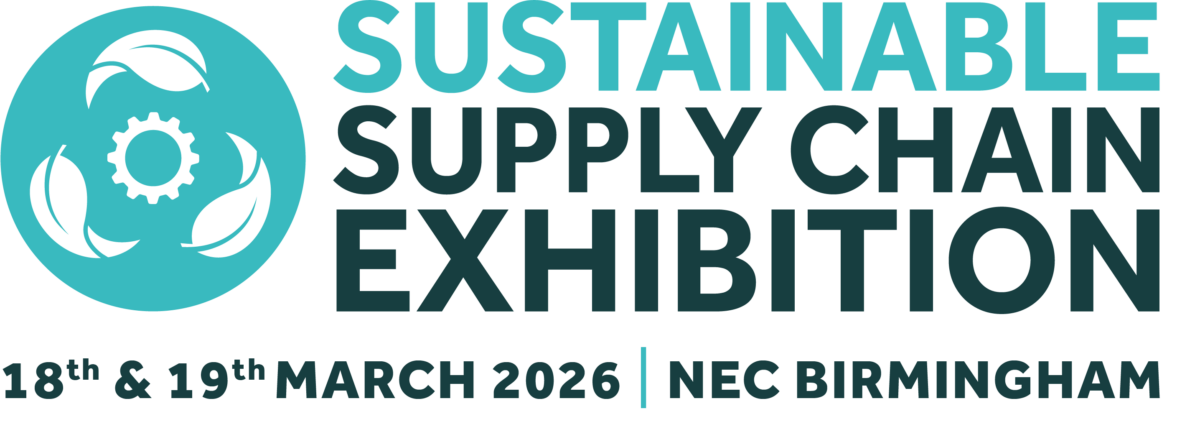[asset_ref id=”209″]Retailers and manufacturers now regard the supply chain as a source of competitive advantage that can add enormous value to their business – when it is working well. Logistics is no longer seen as a necessary evil, according to a report on the retail supply chain commissioned by Unipart Logistics.
The best performing organisations focus on the needs of end customers, the report argues. ‘The supply chain is totally driven by the customer and the factories don’t run without customer orders,’ one manufacturing industry executive told researchers.
However, manufacturers are likely to put more emphasis on stock while retailers are more concerned about the flow of goods. The grocery sector sets the highest store on flow because of fluctuating sales and the importance of availability. Under-performing organisations are more likely to look internally for cost-based improvements rather than focusing on higher levels of service.
Some 35 managers from major companies were interviewed by research firm White Space Insight. Nearly half of the companies that took part in the survey fully outsource the management and operation of their distribution centres and their transport. A further quarter outsources transport and some of its distribution facilities. Less than one fifth opts for a total in-house solution.
Proactive approach
The level of satisfaction with third party providers reflects the nature of the relationship between clients and providers. Third parties that come up with ideas that meet the needs of their clients create a business partnership. Those that do not add value are likely to be viewed in a negative light. This is particularly true of continuous improvement initiatives. Clients prefer a proactive approach rather than having to twist their provider’s arm to get cost savings. Only a quarter of respondents say they have a proactive partnership.
Many partnerships forged in order to grow a business or cut costs are now under review, the survey reveals. One interviewee said that although third party providers had delivered savings, the arrangement no longer gave the company a sufficient level of control. The challenge for third party logistics firms is to find a way of delivering increased service options at reduced cost, while maintaining a strong relationship.
The findings of White Space Insight’s research underpinned the themes presented at the Unipart Logistics Supply Chain Summit. Twenty years ago, Unipart pioneered the migration of lean principles developed by automotive manufacturers Toyota and Honda into other industries. The company developed the Unipart Way, a set of Lean tools and techniques that have since been successfully applied in businesses as diverse as grocery and insurance.
Senior executives who attended the Unipart Logistics Summit heard from two thought leaders on the supply chain: Professor Dan Jones, founder and chairman of the Lean Enterprise Academy, and Alan Waller, supply chain consultant and current president of the CILT (UK).
According to the findings from the White Space Insight Research, understanding of Lean principles and their significance for supply chains varies considerably among companies. Most organisations are implementing initiatives to remove waste from the supply chain in order to create more efficient processes. However, organisations have different definitions of what waste might entail. Some see waste in terms of excess stock, others relate it to by-products such as cardboard wastage, a third group sees it in a more holistic light as a matter of reducing touches in the supply chain.
‘We are at the beginning of the next industrial revolution,’ Professor Jones told his audience. ‘Lean thinking involves identifying unnecessary activities in our companies, finding this waste and removing it.’ The philosophy was much more than that, Professor Jones went on: it was about developing new capabilities for serving customers.
In supermarkets, customers often had no more than a 50 per cent probability of finding what they wanted. Internet shopping, which allowed customers to indicate their preferences, had revealed a high degree of substitution when customers could not find the goods they were looking for. Broken processes in the retail supply chain cause huge amounts of waste, Professor Jones maintained.
The solution, he said, was to construct supply chains that worked in tight replenishment loops, as Toyota did in its parts distribution supply chain. At Toyota, replenishment and manufacturing are a daily process which leaves minimal inventory in the supply chain. The company replenishes what was actually bought by the customer.
Potential opportunity
‘We are looking for a new win-win deal between retailer and customer, and between customers and suppliers. It is a staggering potential opportunity and it starts with the customer.’
John Neill, group chief executive of Unipart Group, said the Unipart Way was the result of painful hard work implementing Lean in the firm’s factories and distribution centres. It was not just about tools and techniques, but about philosophy and culture.
Learning and training is an important part of the cultural shift to Lean, Neill explained. Unipart has created a ‘Faculty on the Floor’ in every workplace in order to spread understanding of Lean activities. The company has adopted a ‘learn at 10 and do at 11’ approach to innovation and continuous improvement.
John Neill is confident that the successful implementation of the Unipart Way ‘enables us to improve faster than the best alternative available to our existing and potential customers.’ The concept works around the world with clients in Eastern Europe, Argentina, Brazil and China all benefiting from the Unipart Way.
This summer the UK’s government spending watchdog, the National Audit Office (NAO) said that their implementation of the Unipart Way will save Her Majesty’s Revenue and Customs (HMRC), the country’s tax authority, some €590m over the next four years through improvements in productivity and accuracy.
‘The Department estimates that implementing Lean across processes will deliver increased productivity of 30 to 50 per cent in processing,’ says the NAO. ‘By 2011, the department expects the programme as a whole to deliver staff savings of around 6,870 across its processing of income tax, national insurance, tax credits and VAT.’






